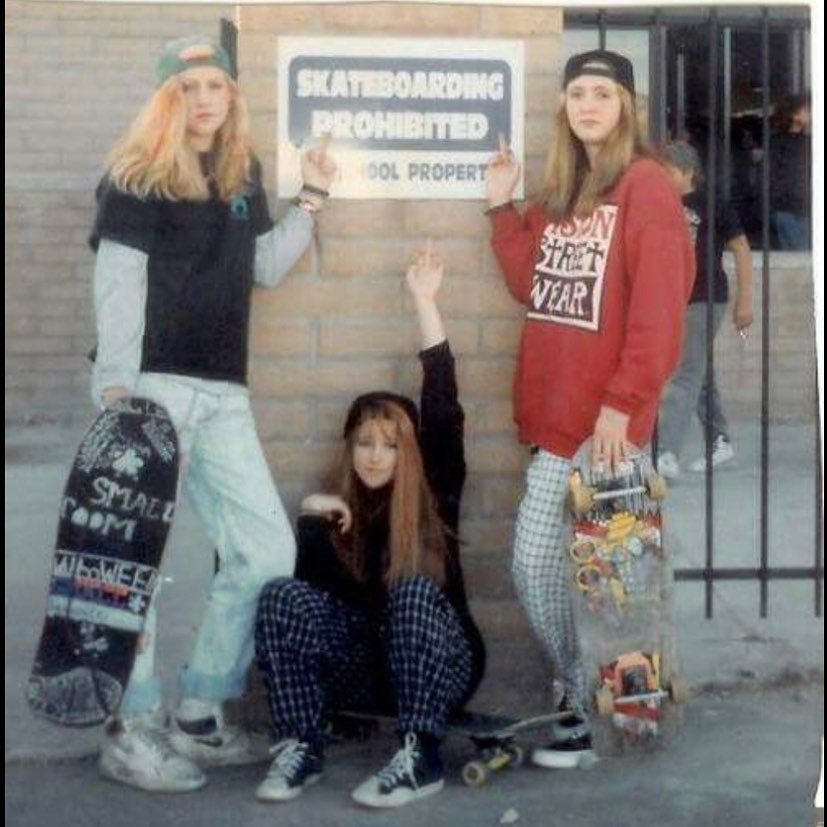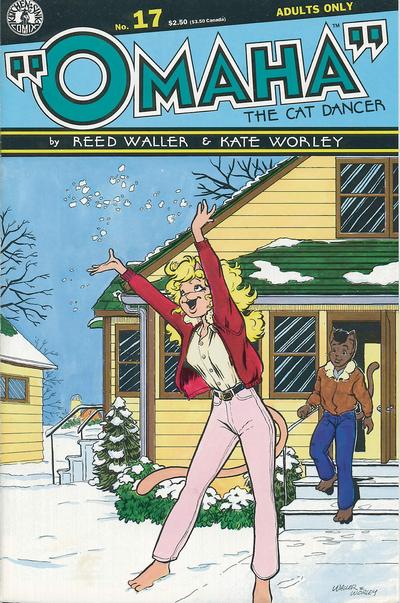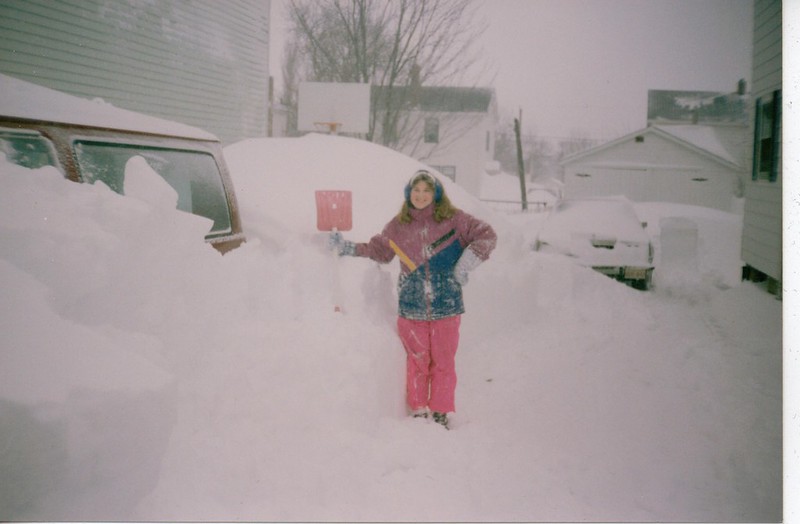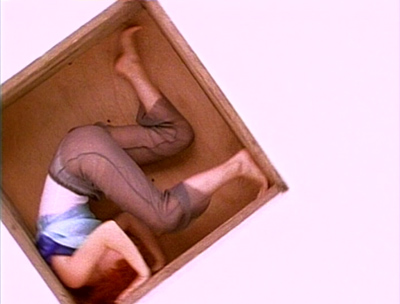The Pain of the Respect Thereof (Girl)
 The traditional Eruditorum Press post-holiday ebook sale is running from now until January 2nd. Details are here.
The traditional Eruditorum Press post-holiday ebook sale is running from now until January 2nd. Details are here.
In many ways the slightest song on Little Earthquakes, “Girl” is hamstrung most obviously by its positioning as the second track on the album. Coming off of “Crucify,” it is doomed to be the markedly inferior of the two post-80s empower ballads. Coming immediately before the jaw-dropping triple threat of “Silent All These Years,” “Precious Things,” and “Winter,” it is subsequently doomed to be forgotten by “that doesn’t make you Jesus” at the absolute latest. That it made the album over “Upside Down,” ”Take to the Sky,” or even “Flying Dutchman” is in hindsight one of the more baffling decisions made about Little Earthquakes.
It’s not fair to say that “Girl” is a bad song. Indeed, individual moments are as fine as anything on the album—the haunting, arrhythmic male vocal over “sit in the chair and be good now,” or the mad spaghetti of sounds that make up the bridge. Really, the overall soundscape of the song is solid, even if there’s a slight degree of overproduction (a problem that arguably plagues all four of the Rosse/Amos tracks, but “Girl” is the least suited to maximalism).
The problem really is in its precise sequencing. Musically, it has the same debt to the 80s as “Crucify,” but where Siegerson’s restraint and desire to foreground Amos and her piano made for a well-crafted pop song with the 80s inflections you’d expect something in 1990 to have, Rosse and Amos’s excess begins to tilt the song towards the same mistakes as Y Kant Tori Read. There’s a profound difference of degree—“Girl” is a mile ahead of even the best songs on Y Kant Tori Read. But the basic error is the same, and coming after a song that does the same sort of thing musically only with vastly more panache is damaging. In the other direction, meanwhile, it also feels like a pale echo—“she’s been everybody else’s girl / maybe someday she’ll be her own” is the same sentiment as “Silent All These Years,” only dissociated onto an unnamed third party and made tentative as opposed to emphatic.
All of this oversimplifies. There is a dark mystery to “Girl” that the songs on either side lack—its skulking piano line laid over a firm drumbeat gives it a sense of strange menace, while its lyrics, with the girl crawling through the shadows, hints at a sense of abjection that makes it clear that this belongs to the same set of songs as “Precious Things” and “Little Earthquakes” as opposed to the cheerier confessionalism of the Siegerson songs. This isn’t simply a song that’s failing to live up to the ones on either side of it. But nothing that it’s doing comes off cleanly and decisively enough to distinguish it either.
Amos has largely seemed aware that the song doesn’t quite do the business.…

 Precious Things (live, 1991)
Precious Things (live, 1991) Flying Dutchman (1992)
Flying Dutchman (1992)
 The only thing missing is the actual tense relationship between the Amoses. In fact Ed Amos is consistently supportive of his daughter, and has been throughout her life, from chaperoning her as she played Georgetown gay bars in her teens to any number of comments to the press in which he speaks warmly of his daughter’s career. This is not, to be clear, because he’s a radically progressive Christian. By all appearances he’s solidly moderate—Amos has spoken about her father’s support for the civil rights movement, but also made wry comments about how he’s evolved to seeing gay people as individuals instead of as a homogenous mass of “the gays.” Instead there’s a sort of wry pragmatism to his assessment of his daughter—one rooted in a profound respect for her ability. The relationship is perhaps best summed up by a comment Amos attributes to him in several interviews to the effect of “what would you have written about if I had been a dentist?”
The only thing missing is the actual tense relationship between the Amoses. In fact Ed Amos is consistently supportive of his daughter, and has been throughout her life, from chaperoning her as she played Georgetown gay bars in her teens to any number of comments to the press in which he speaks warmly of his daughter’s career. This is not, to be clear, because he’s a radically progressive Christian. By all appearances he’s solidly moderate—Amos has spoken about her father’s support for the civil rights movement, but also made wry comments about how he’s evolved to seeing gay people as individuals instead of as a homogenous mass of “the gays.” Instead there’s a sort of wry pragmatism to his assessment of his daughter—one rooted in a profound respect for her ability. The relationship is perhaps best summed up by a comment Amos attributes to him in several interviews to the effect of “what would you have written about if I had been a dentist?” Happy Phantom (demo, 1990)
Happy Phantom (demo, 1990) Upside Down (live, 1991)
Upside Down (live, 1991) Silent All These Years (live, 1991)
Silent All These Years (live, 1991) Sweet Dreams (demo, 1990)
Sweet Dreams (demo, 1990)